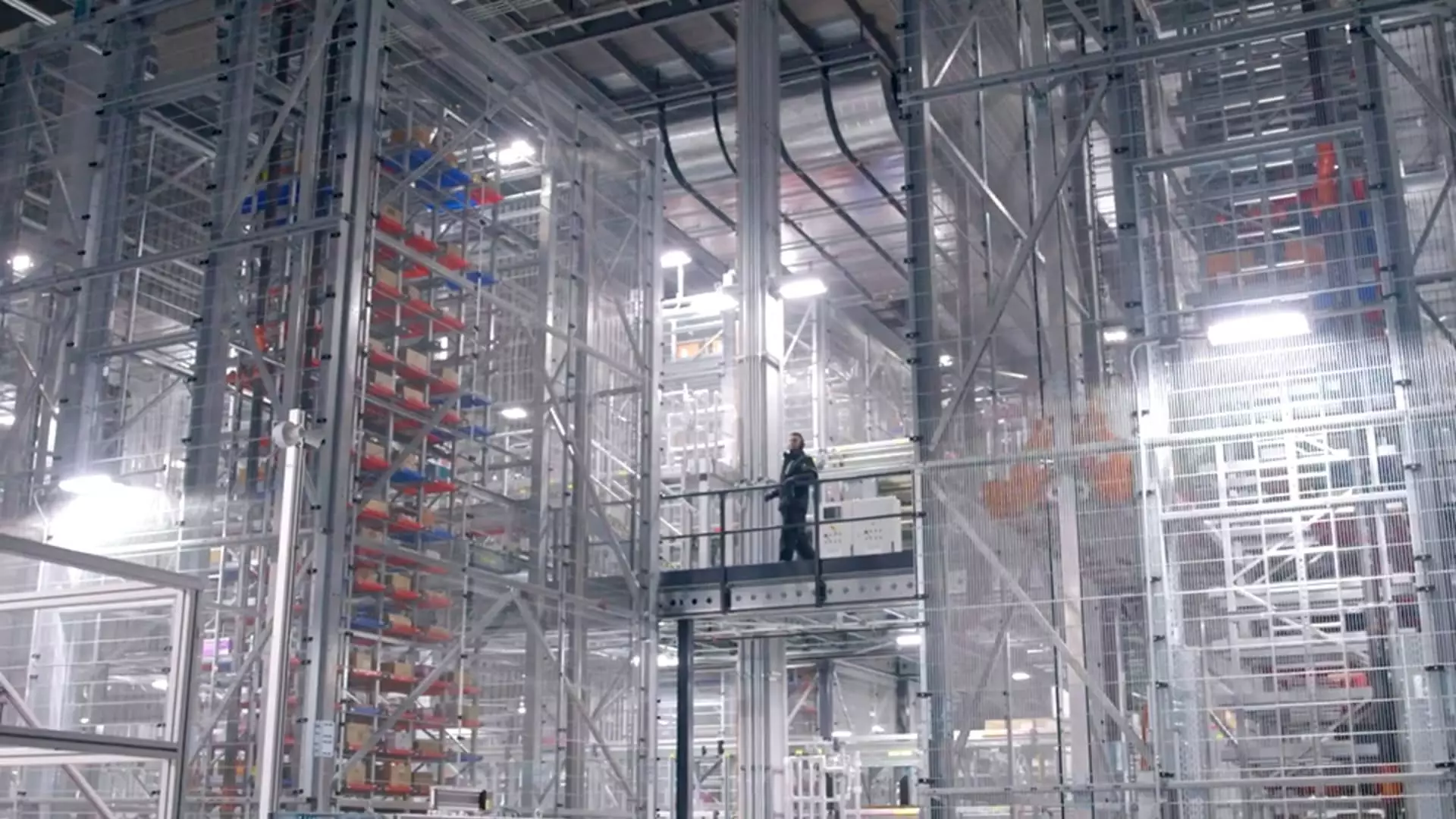Walmart recently announced its plans to open five automated distribution centers across the country to cater to the growing demand for fresh food distribution. These new facilities, which average at 700,000 square feet, will utilize automation to store and retrieve perishable items such as strawberries and frozen chicken nuggets. This move comes as Walmart seeks to streamline its supply chain operations and keep pace with the evolving customer preferences in grocery shopping. The retailer’s focus on efficiency is evident as it aims to enhance store pickup and delivery services, which played a significant role in driving its 22% e-commerce growth in the most recent quarter.
Walmart’s strategic shift towards automation is not limited to fresh food distribution centers but extends to other facilities like distribution centers for shelf-stable items and fulfillment centers for online orders. By automating these processes, Walmart aims to gain better control over its inventory and improve the speed at which groceries are delivered to stores. According to Dave Guggina, executive vice president of Walmart’s supply chain, automation provides a more accurate view of inventory levels, enabling the company to predict demand more effectively and reduce unnecessary costs associated with excess safety stock.
One key advantage of Walmart’s automated distribution centers is the optimization of storage capacity and processing volume. Guggina noted that these facilities can store twice as much as traditional sites and process over two times the volume, showcasing the efficiency gains achieved through automation. By leveraging technology to handle tasks like restocking shelves and assembling pallets, Walmart can operate more cost-effectively and make better use of its resources. This increase in efficiency translates to improved profitability, as Walmart aims to grow its profits faster than sales over the next five years.
Walmart’s commitment to automation is reflected in its capital expenditures, which are projected to be higher than in previous years. The company plans to expand automation to approximately two-thirds of its stores by early 2026, with an expected 20% improvement in unit cost averages. While these investments may lead to higher initial costs, the long-term benefits in terms of operational efficiency and cost savings are substantial. By automating more of its supply chain processes, Walmart can adapt to changing customer demands and remain competitive in the retail industry.
As Walmart transitions to automated distribution centers, the nature of work for its employees is also set to change. While the company expects to maintain or increase its overall workforce, there may be a shift in the types of roles available. For instance, Walmart anticipates a decreased need for manual labor on the warehouse floor and an increased demand for truck drivers to support its fleet operations. This highlights the evolving nature of work in the era of automation, where employees are required to adapt to new roles and responsibilities that complement technological advancements.
Walmart’s decision to invest in automated distribution centers for fresh food distribution represents a strategic move towards enhancing efficiency and modernizing its supply chain operations. By leveraging automation, the retailer aims to optimize its storage capacity, improve processing volume, and reduce operational costs. While these changes may impact the workforce composition, Walmart believes that increased productivity and efficiency will ultimately benefit both the company and its employees in the long run.

